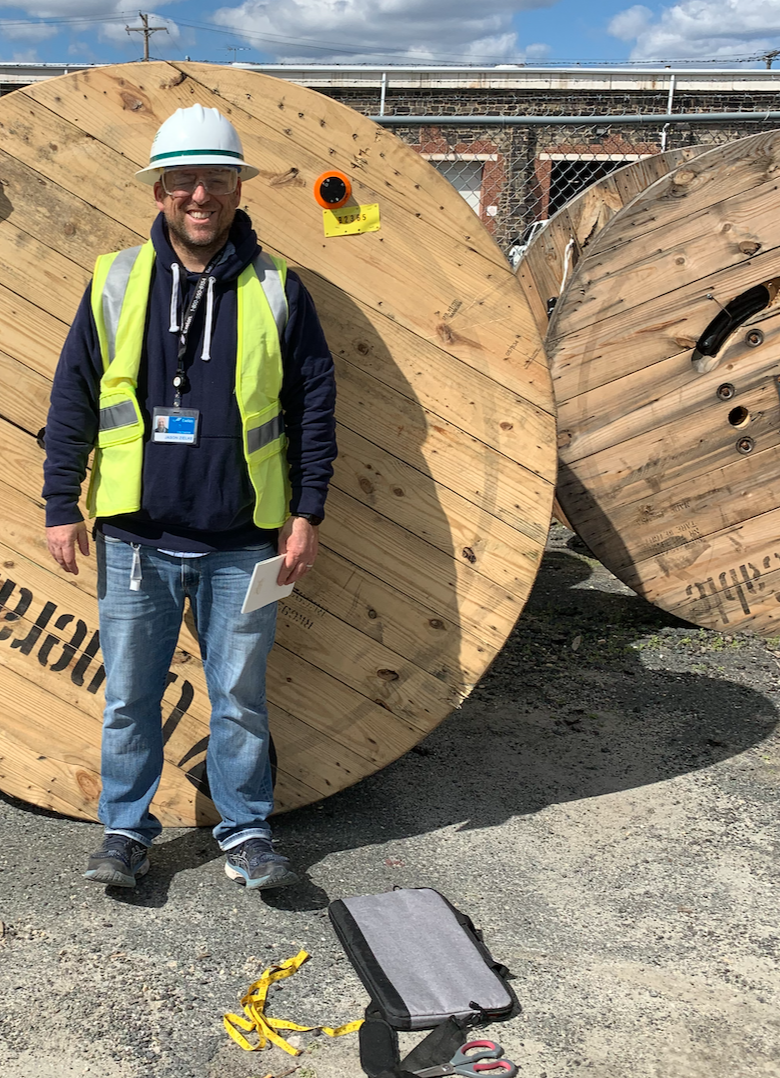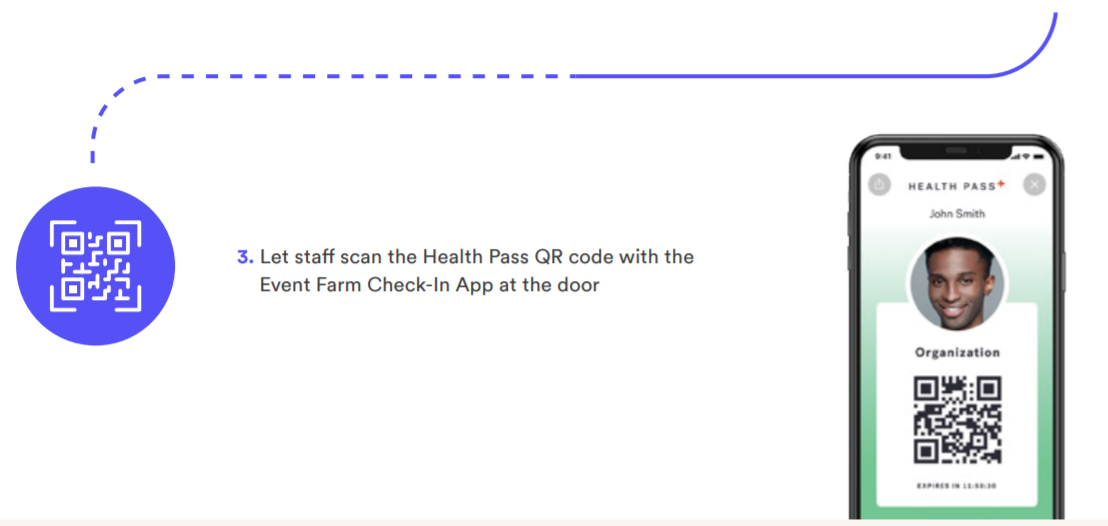Jason Zielke started taking a liking to Baltimore about 15 years ago, when he would travel to the city on business while working in private equity. Over time, his ties to the city have only strengthened.
In 2019, his startup Wire Pulse, which is an IoT SaaS company working with the wire and cable industry, formed a partnership with Exelon. The energy company has a big presence in Baltimore, and Zielke would come regularly from Chicago as he met with its corporate innovation team. Eventually, the company opened its own innovation center at a campus run by Exelon-owned Baltimore Gas and Electric (BGE) in South Baltimore (it’s the one with the colorful tank murals).
While riding with BGE crews for product development and exploring the incubators and spaces that make up the tech community, he saw lots of the city’s neighborhoods.
“I found myself … coming here to Baltimore all the time, spending weeks here, and finding the affinity for it more and more,” Zielke said, adding that this was both for practical, professional reasons and that he personally enjoyed the time in the city. “That’s when I made a strategic decision that it was time for me to move my family here to be closer to our innovation center, as well as the fact that most of our customers and target customers are in the eastern half of the U.S.”
Now, Wire Pulse is a Baltimore-based company. The innovation hub is now the startup’s headquarters, and Zielke has plans to set up another office space in the downtown or Federal Hill area. The company is looking to hire three people locally to add to the eight-person team, too. Zielke said it is forming relationships with local universities and workforce development programs.

The move comes as four-year-old Wire Pulse is launching its platform, called Reel Sense. It’s serving the $165 billion wire and cable market that provides the underground lines for infrastructure like broadband and power. Zielke, who has founded multiple companies, came to recognize that the market was antiquated. A main issue: Managing the giant reels where the wiring sits was nearly impossible, Zielke said. In particular, he saw how the companies struggled to track how much wiring was used and where it was installed.
Working with Exelon, Wire Pulse developed a platform that uses sensors that attach to the reels. Using algorithms and data analytics, this sends data to a system that includes a cloud-based platform and mobile apps. It’s designed to provide companies with information in real time on how much of the cable was used in an installation job and how much remains on the reel.
“We can tell you with 99% accuracy how much was removed without having to write anything down on paper,” Zielke said.
The cable and wiring industry has a number of stakeholders involved that can benefit from this data to reduce costs for labor and material, as well as the environmental savings that come from reduced waste. Manufacturers want to see data in order to plan how to put together the reels they make, and how to get the existing ones back. Cable distributors want insights so they can offer new kinds of services, and better plan ahead for what customers will need. Then there’s the owners of electric and fiber assets, and the contractors that actually do the installing. They want to see the details on inventory, work orders and potential maintenance that could come up. Wire Pulse aims to provide each.
The work with Exelon and BGE helped the company develop a comprehensive product, Zielke said. Now the utility companies are using the product, as well.
“Through our partnership with Wire Pulse, Exelon anticipates significant savings and operational benefits from the adoption of Reel Sense into our sizable cable fleet,” said Patrick Carberry, a BGE manager who spearheaded the partnership in a former role with Exelon, in a statement. “Not only will this vendor-agnostic innovation benefit the electric utility industry as a whole, but it can also be used by any industry with a heavy reliance upon spooled materials.”
At a time when supply chains are especially taxed in many areas, it’s offering technology that’s designed to help businesses optimize how their materials move through them.
“We’re helping to provide additional automation and get rid of inefficiencies in those supply chains,” he said. “That will really help out our customers.”







